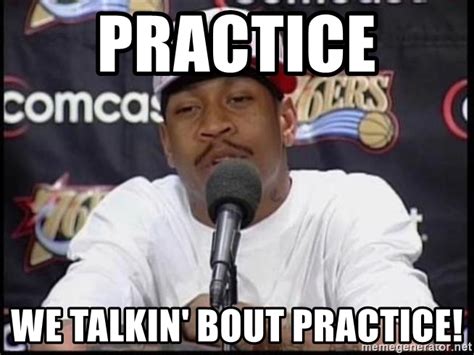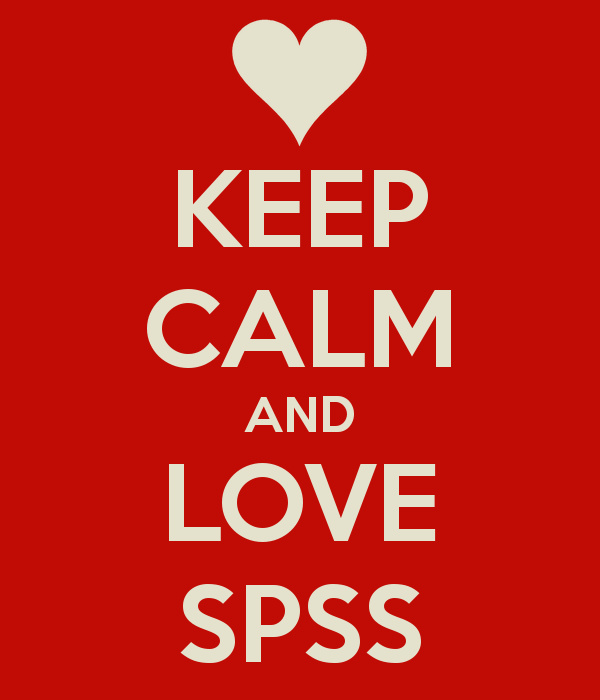Activity: A 2×3 Factorial ANOVA calculation and interpretation: From Data Through Follow-Up Tests and Conclusions
This assignment utilizes the Teach Psych Science resource Summary steps for conducting a Factorial ANOVA: From data through follow up tests and conclusions to calculate and interpret a 2X3 factorial ANOVA data set from scratch (all hand calculations). A research scenario and data are provided. Click here for the activity.




